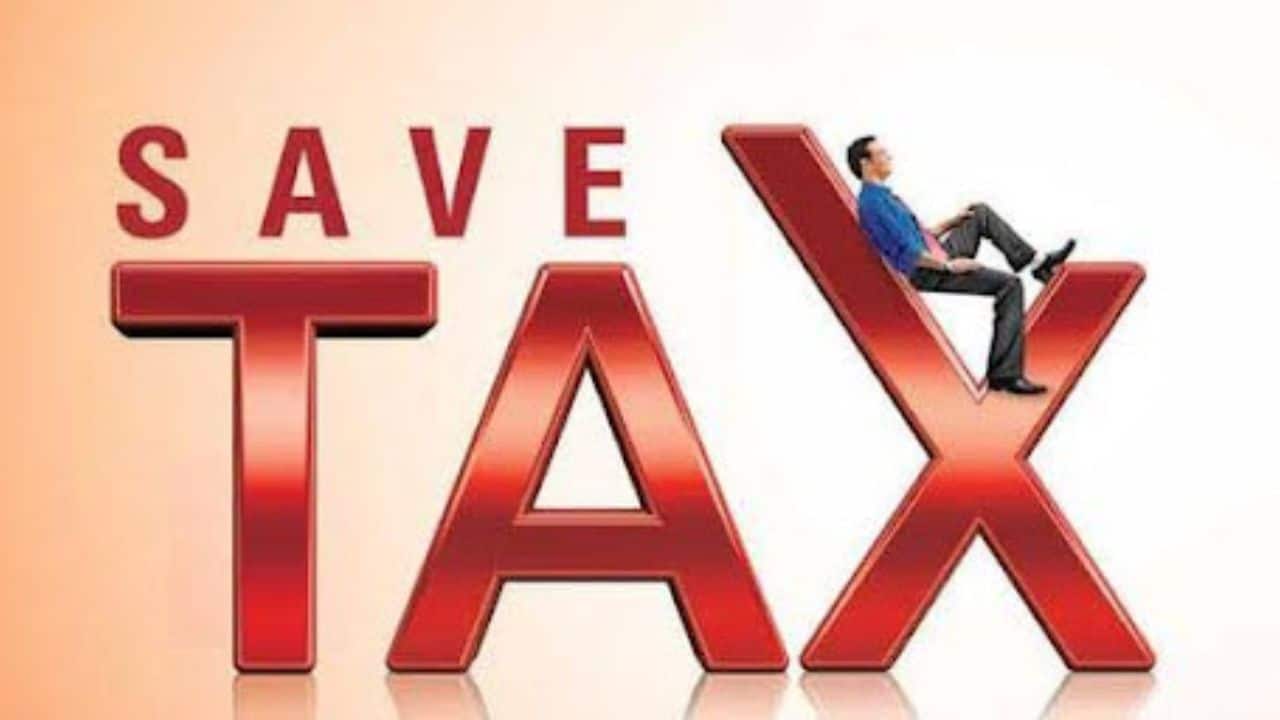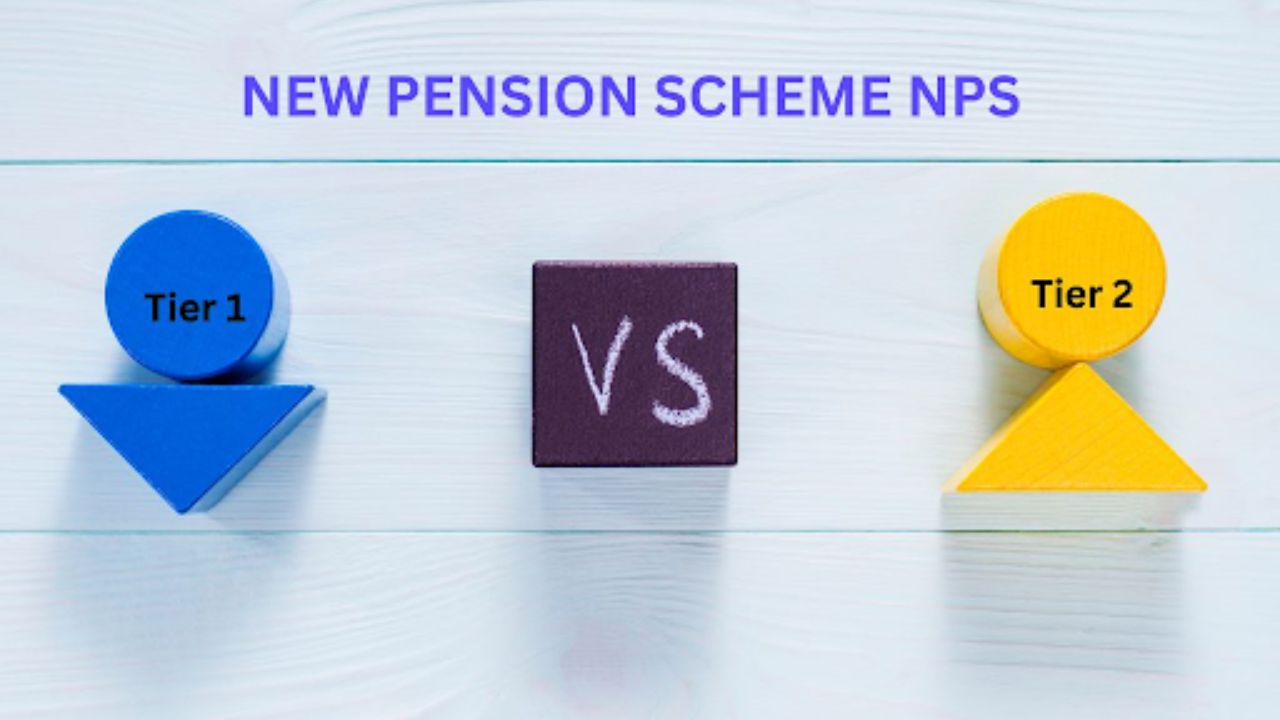Unitized investment funds have become increasingly popular in the financial sector thanks to their many benefits, like diversification. Institutional investors use unitization to increase accuracy and efficiency in their investment portfolios and meet their investment objectives.
Unitized investment funds may be a great option if you are looking for an efficient way to invest. Read on for more details to make an informed decision.
What Is a Unitized Fund?
The term unitized investment funds refer to any funds sold in small units. The units are a part of a large pool of investors, divided into small portions to increase the efficiency of the offerings.
Usually, the value of the unit investments depends on the underlying assets that make up that fund. As such, the value of your investment units could rise or fall with time, depending on the value variations of the underlying assets.
The investment pool could include money, shares, stocks, and other money market instruments. Instead of investing in a single money instrument, you are given a unit that contains different assets from the investment pool.
How Does The Unitized Investment Fund Work?
Unitized investment funds work similarly to mutual funds, except that they are not legally registered. This type of investment offers a diversified range of assets, all included in a unit, a small portion of the investment pool.
A fund manager manages unitized investment funds, so a small fee is charged on the funds as a service to the fund manager. Each unit in the pool contains different assets whose value varies. So, the total market value of the investment pool is got by this formula:
Units x unit value = market value
Like any other type of investment, you can buy or sell your units anytime. However, you should carefully evaluate the market share of assets in your fund to know your unit fund’s worth.
Unitized Investment Funds in Pension Plans
The unitization concept is mainly used in pension plans and insurance firms. In pension schemes, members can create individual sub-accounts in the unitized fund structure. When you pay your pension contribution, the money is sent to your sub-account and increases the worth of your fund.
However, the value of the units in the investment pool could rise or fall depending on the value of the underlying assets. For instance, if the value of assets in your fund increases, your pension pot rises. Similarly, your pension can decrease if the value of your unit fund decreases.
Unitized Investment Funds in Insurance
Some insurance firms also apply this concept by having a unitized insurance fund. Usually, insurance firms create an open-ended investment pool with many units. Each investor (policyholder) has a special unit-linked fund to which the contributions are sent.
If you are part of the insurance plan, you will send your usual contribution to your unit, which is a part of the collective investments. You will also be getting a report of the value of your contribution, which can vary from time to time depending on the value of the other funds in the insurance collective.
The insurance company manages, promotes, and even holds the assets on behalf of the policyholders. While the policyholders don’t own the units, they can readily redeem them at any time.
Benefits of Unitized Investment Funds
Unitization is about creating multiple sub-accounts that aggregate their funds/assets to a large investment. Unlike some forms of investment, unitized investment funds are low costs, easy to understand, and efficient. Here are the main benefits of investing in unitized investment funds.
Great Diversification
Unitized investment funds offer access to a wide range of assets, which may be challenging and costly for you to invest in them directly. The investment pools cover most money market instruments, so you can enjoy the benefits of all. Besides, diversification lowers risks because you spread your money across different asset classes.
Professional Management
Most unitized investment funds are not legally registered, but they enjoy professional management from experts. The managers oversee the fund’s performance and even research to improve the overall performance of the investment pool. At times, you may even offer timely advice on when and what to invest to increase the overall value of your unit fund. The manager may advise what asset to buy or sell based on your investment fund objectives.
Is A Unitized Investment Fund Right For You?
Investing in a unitized investment fund may be beneficial in many ways, but it is not ideal for everyone. Before you invest, ensure that:
- You expect high returns, but you are also ready for variable returns, which may sometimes mean risking losing part of your investment.
- You understand how a unitized investment fund works, including calculating returns, fees, and risks.
- You are financially stable, so you won’t have to liquidate your investment during market downturns.
- You understand the exact risks associated with that unitized investment fund. Each fund has its ways of hedging risks, and you should beware of them to make the right investment decisions.
- Lastly, you should compare the average active and passive income from multiple unitized investment funds to choose the most suitable for your specific needs.
Final Remarks
Unitized investment funds are low-cost and easy to understand for many investors. These investments generate sound returns for investors and are managed by experts.
However, no investment fund is 100% risk-free, so thorough research is mandatory to ensure you are making the proper investment discussion. A professional financial advisor can understand your needs and risk tolerance to help you make the right decision.










































